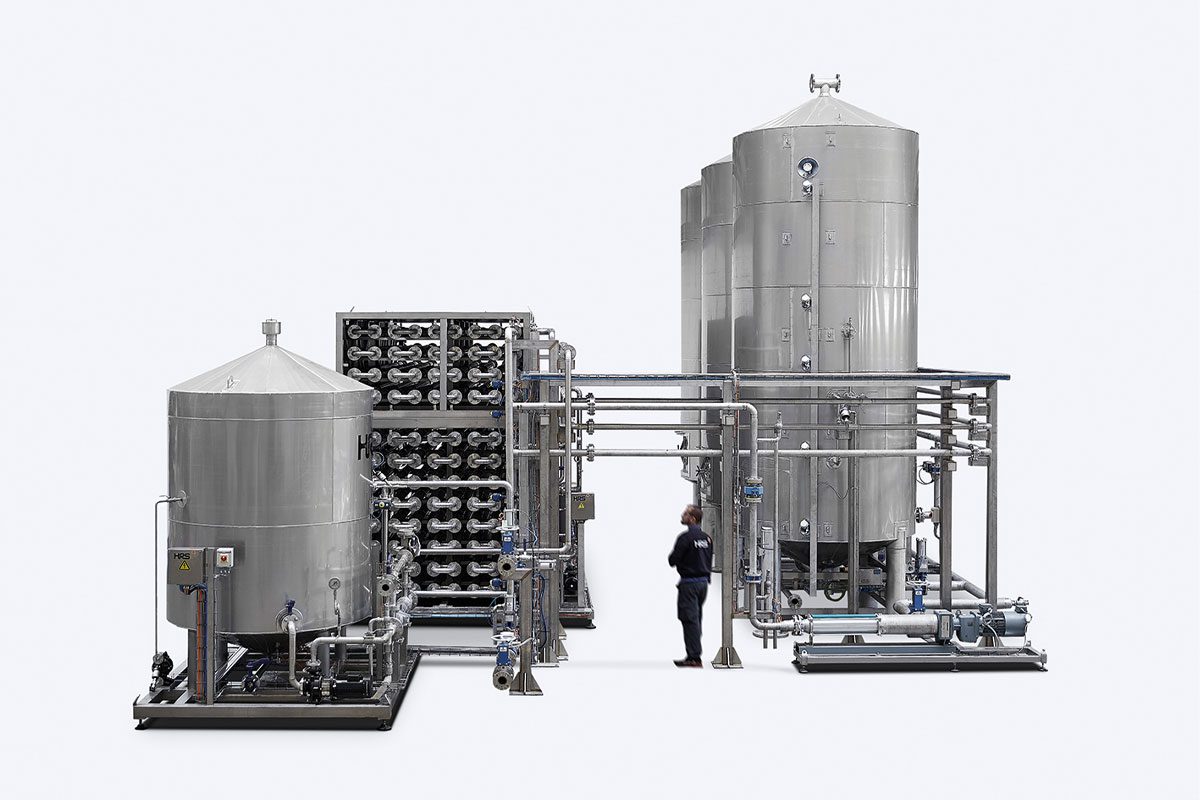By Matt Hale, International Sales & Marketing Director, HRS Heat Exchangers
Many industrial processes require energy, but only a portion of that energy input is used for each operation, such as evaporation. Using heat exchangers, it is possible to recapture most of this untapped energy through waste heat regeneration.
Heat regeneration (also known as heat recovery) is the process whereby heat from a process which would otherwise be lost or wasted is recaptured and used for useful heating purposes. At HRS when we talk about heat regeneration, we mean the recovery of as much surplus heat (or cooling capacity) as possible. This can then be reused to either improve the efficiency of the heat exchange process or used elsewhere.
For example, many biogas plants use heat exchangers to pasteurise the digestate produced during the anaerobic digestion (AD) process. The ‘surplus’ heat which is generated after the system has been running can also be used to pre-heat the digestate, reducing total heat load and improving overall efficiency.
Perhaps the most common use of heat regeneration is demonstrated in multi-effect evaporation systems, where a number of heat exchangers are combined, such as the HRS DCS Digestate Concentration System. The first evaporation stage heats liquid digestate and uses a cyclone separator; the steam produced from this first cycle (usually available at 70˚C) is then used as the heating media for the second effect, whereby the process is repeated. The subsequent steam (usually available at 60˚C) is then used as the heating media for the third cycle. The number of effects is determined by the level of dry solids required and the amount of surplus heat available, up to a maximum of four cycles. After the final stage, the steam is condensed back to water and this heat is used to pre-heat the incoming product before the first stage of evaporation. In all, the heat is regenerated up to four times in the process.







